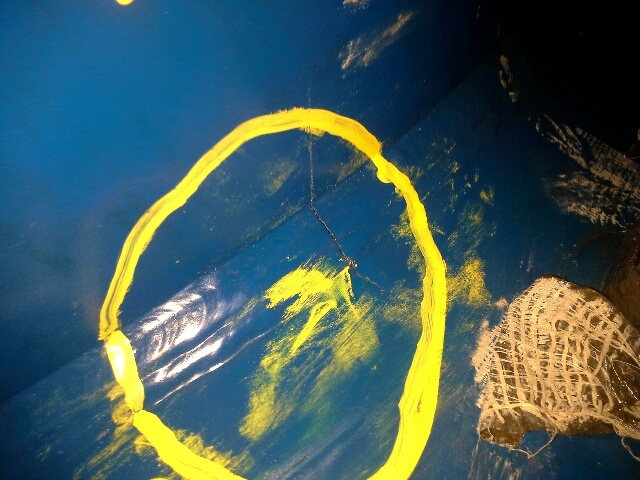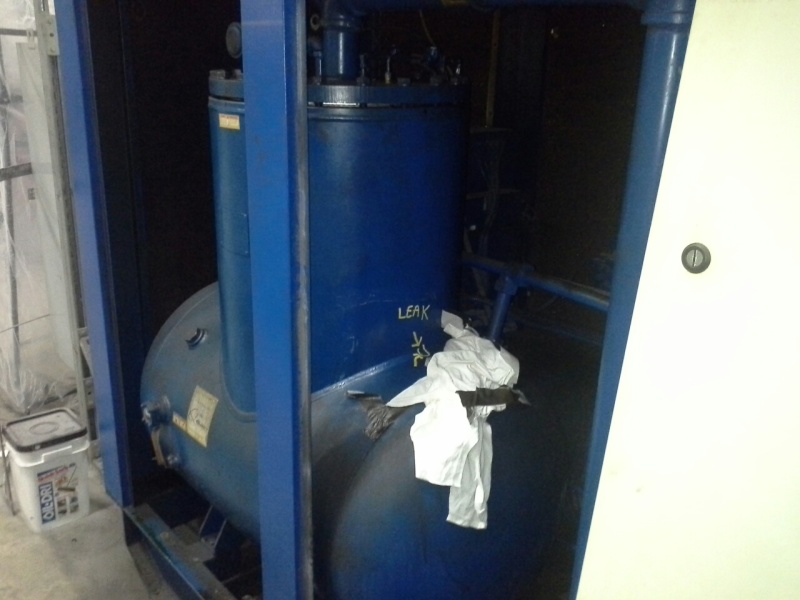How is the material of construction known to be is SA 455?
If that information is known, the operating temperature and pressure should be known or the information should be located on the attached nameplate. My point being, there should be a bit more information available or obtainable from the source that knew the material of construction.
There have been several hypothesis tossed out, but without sufficient information they are no more than speculations as to the cause. There is a couple that I find interesting and worth looking into:
1) Proper design: It seems likely that the opening should have been reinforced considering both major components are nearly the same diameter.
2) Stress: The hoop stress usually exceeds the axial stress and the crack is oriented transverse to the hoop stress.
3) Welding: The carbon content is typically below 0.3% and the wall thickness is ¼ inch, so it doubtful preheat is necessary and less likely to have been provided. The likelihood of hydrogen cracking seems low with the thickness and carbon equivalency involved.
4) Weld defects: The presence of a weld discontinuity is relatively high regardless of whether a complete joint penetration groove weld was employed or if for some reason the fabricator used fillet welds to join the two major components. If this is an ASME designed and fabricated vessel one would expect a CJP groove weld was used. That isn’t necessarily the case if it was constructed to a different design standard. The probability of incomplete joint penetration is high if the complete joint penetration groove was welded from one side. If the joint was back gouged, it is not uncommon for the welder to skimp on the depth and width of the back gouge especially considering it has been stated the thickness is only ¼ inch. Welders often leave remnants of the unfused root with the assumption they will “melt it out” with the next bead. Incomplete joint penetration is a common problem. If the width of the back gouge is insufficient, incomplete fusion can often result as the weld flows into the BG cavity but doesn’t fuse to the groove face of the excavation.
If the joint was designed as a fillet weld, the root acts as a crack initiation point. If the initiation point of a weld bead is not properly fused, it acts as a stress riser and a possible location for crack initiation. While the weld profile in the photograph is uniform, unless this is a standard product that employs mechanized or automatic welding equipment, the welds are most likely deposited using a semi-automatic welding process. The welder cannot weld the entire perimeter of the joint without starting and stopping several times. Each time the weld is initiated, a “cold start” is a potential crack initiation point. Good practice would include a grinding operation to remove the “cold start”, but good practice is not always the common practice.
Best regards - Al




